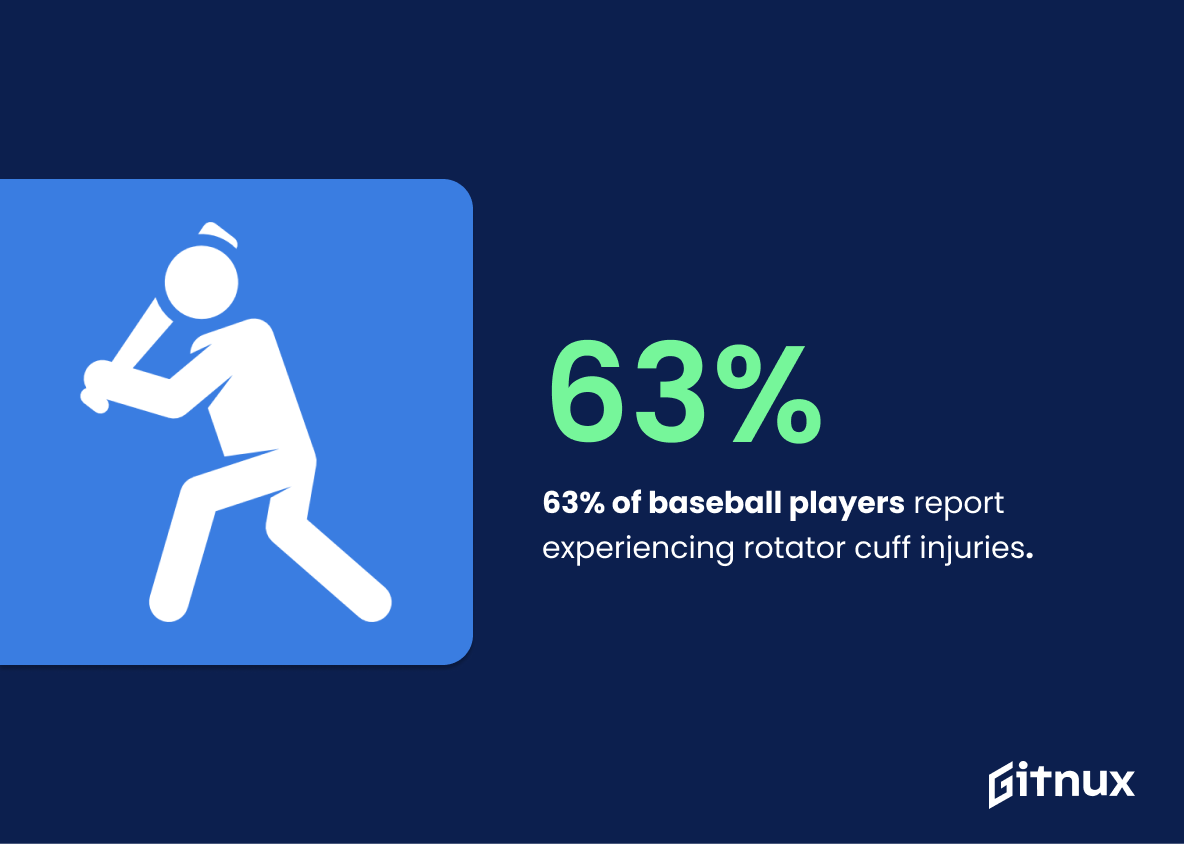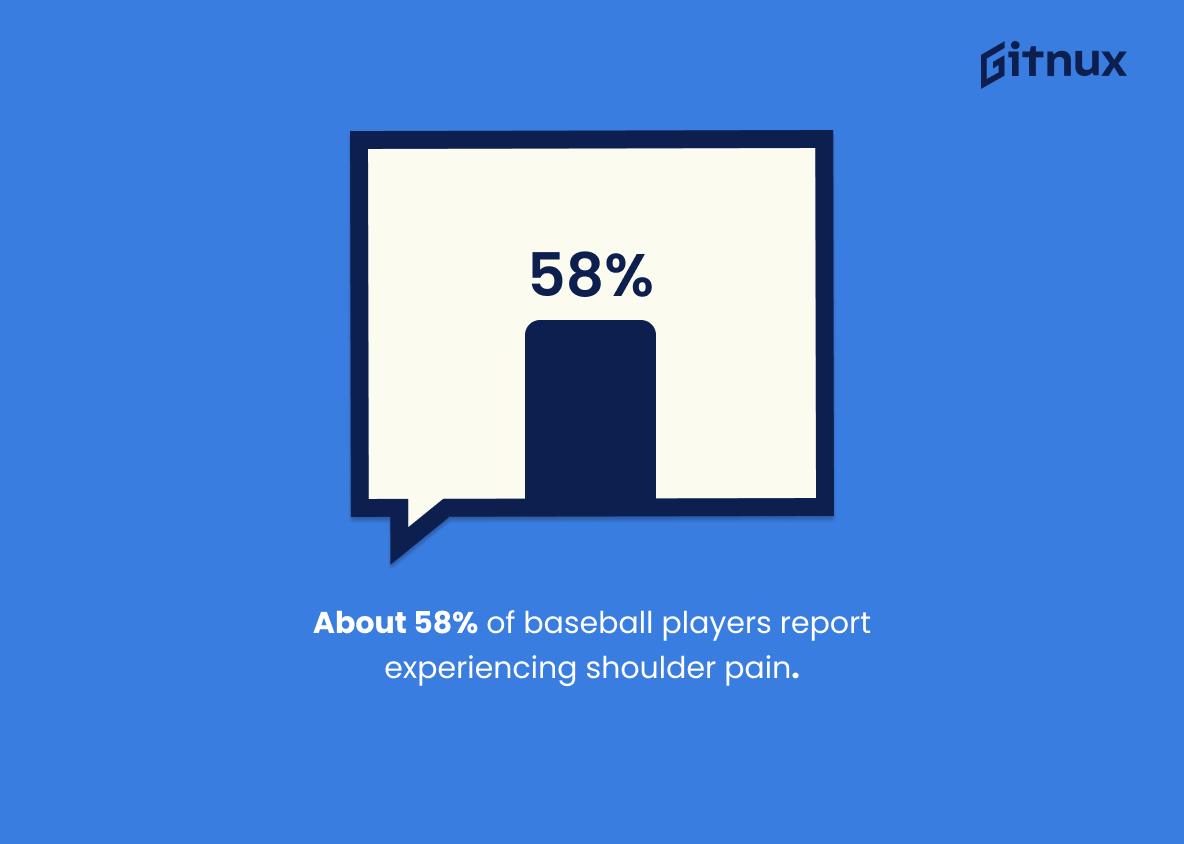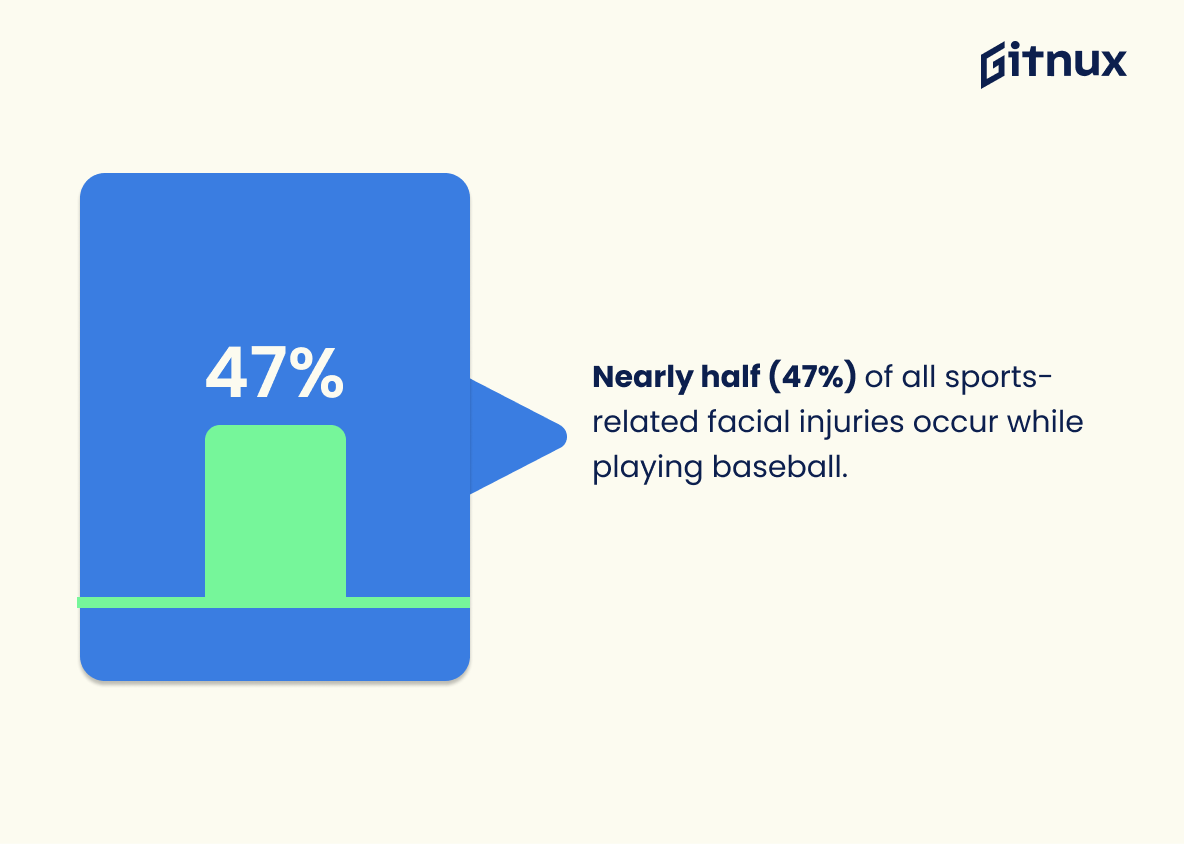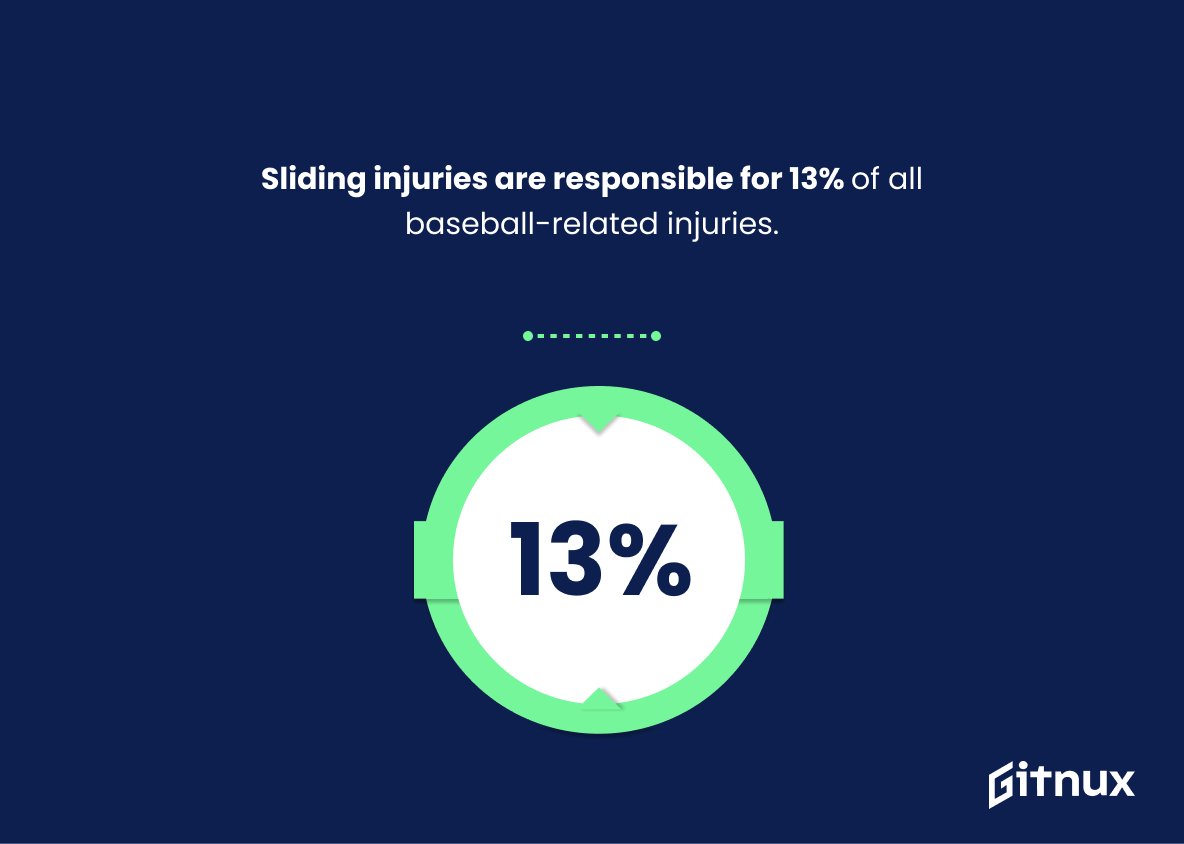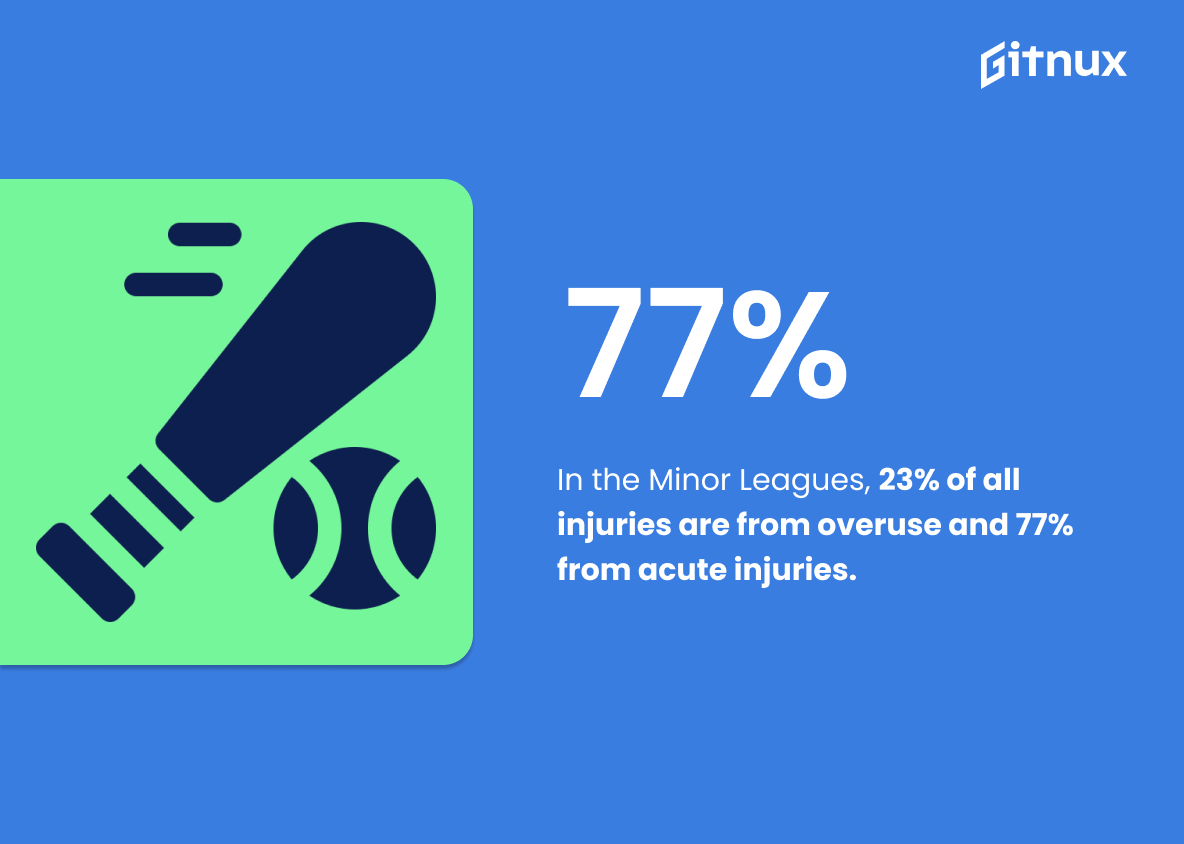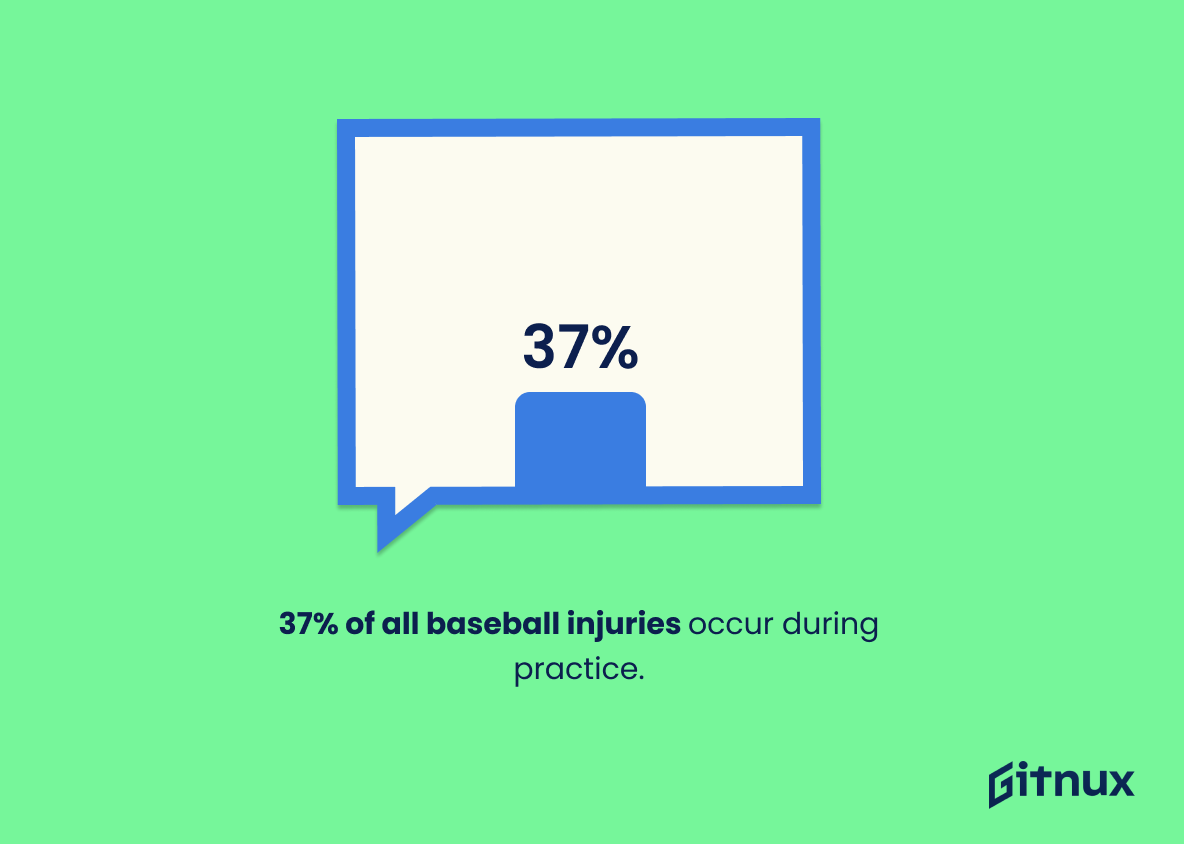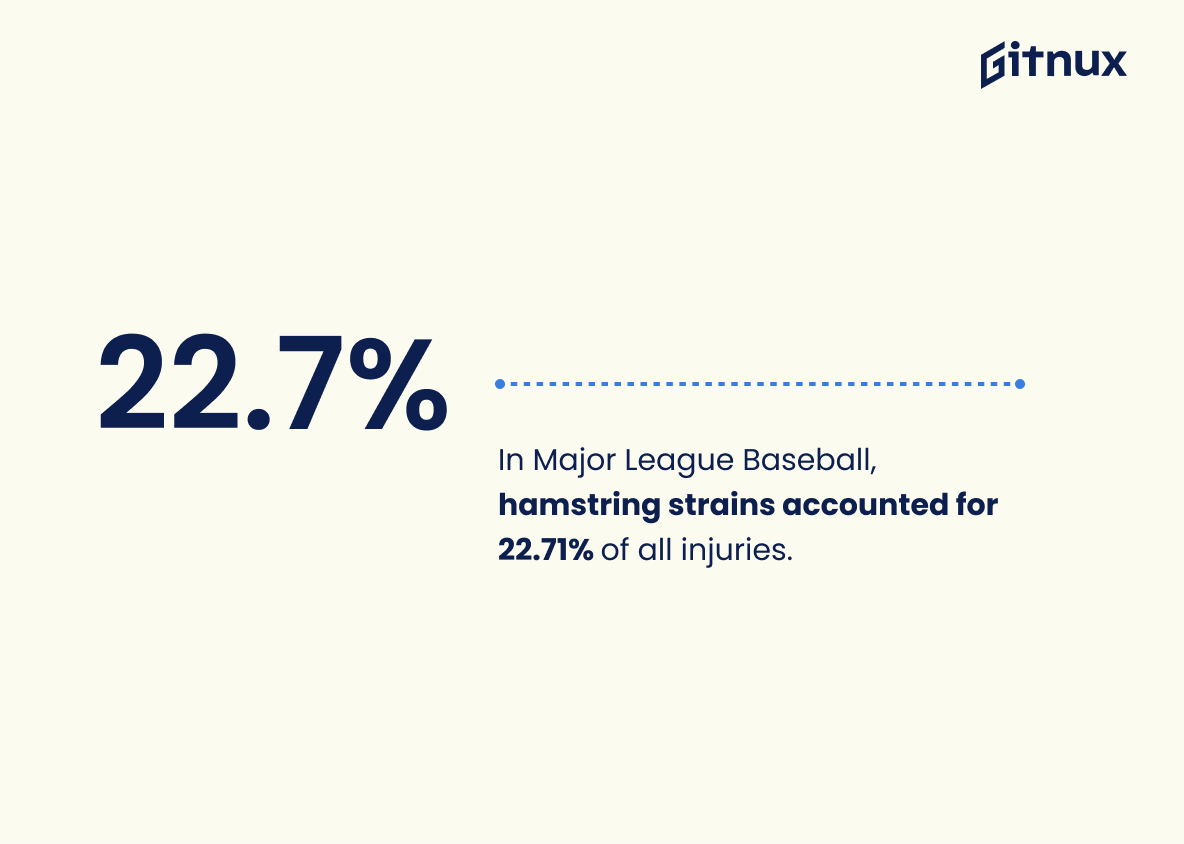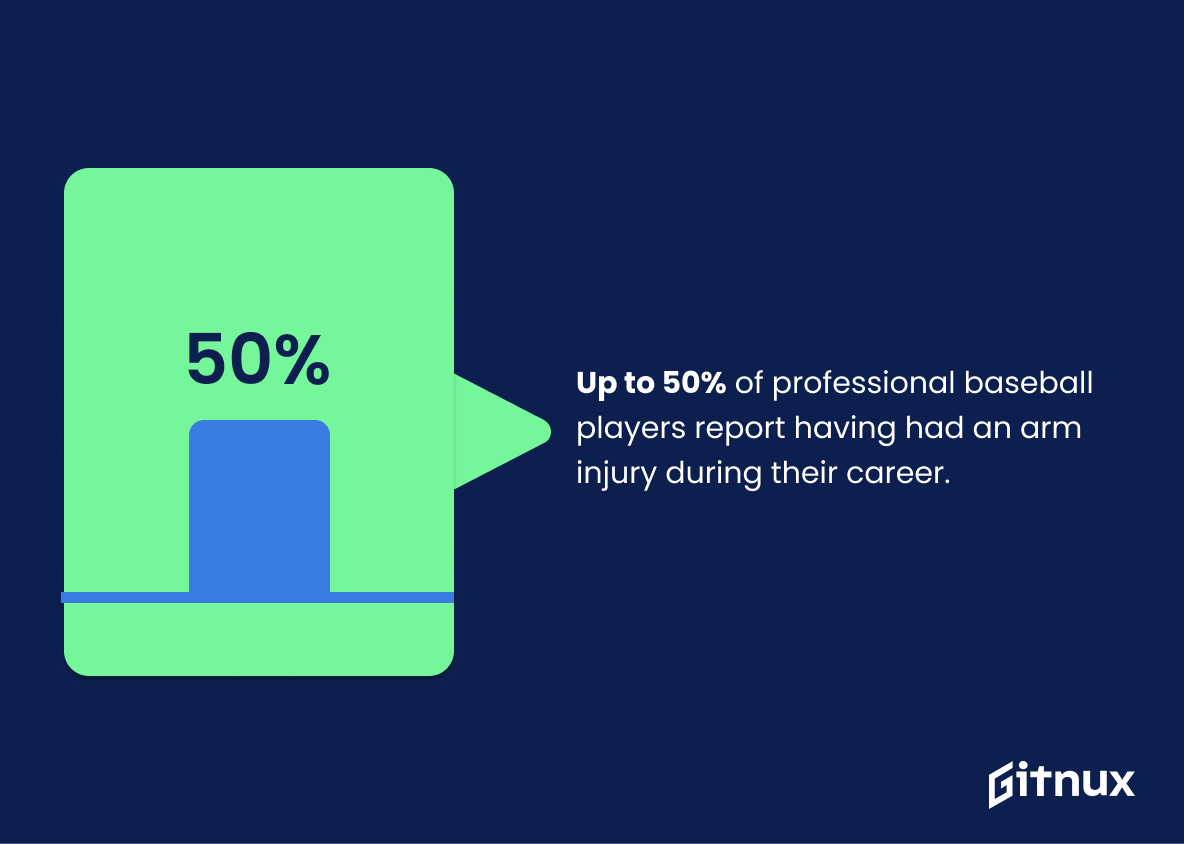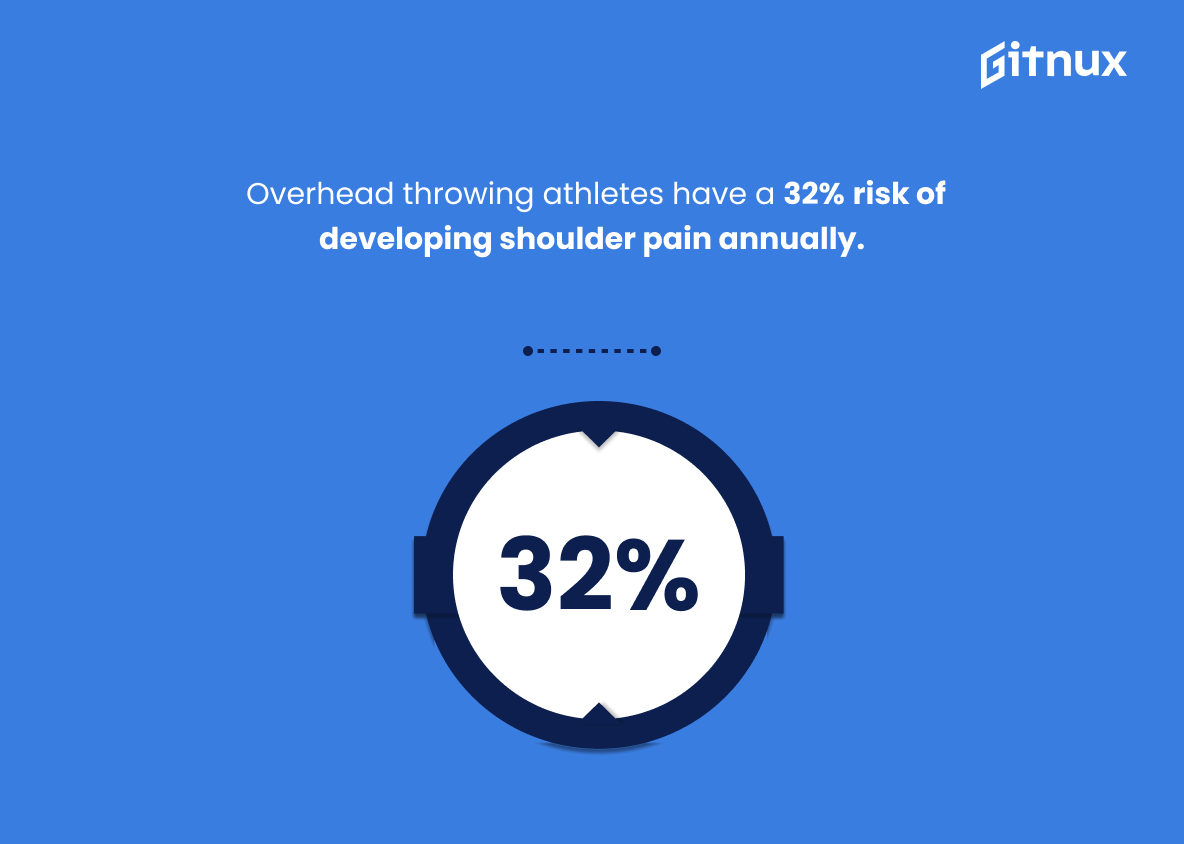Baseball is a beloved sport enjoyed by millions of people around the world. Unfortunately, it can also be dangerous and lead to injuries if proper safety precautions are not taken. This blog post will explore baseball injury statistics from various sources in order to better understand the risks associated with playing this popular game. We’ll look at data on how often children suffer sports-related injuries due to baseball, what types of injuries occur most frequently among high school players, and more. Additionally, we’ll examine research into Major League Baseball’s disabled list rates as well as studies conducted on youth athletes who play the game. By understanding these numbers, we can work together towards reducing preventable harm caused by America’s favorite pastime.
This statistic serves as a stark reminder of the potential risks associated with playing baseball. It highlights the importance of taking the necessary precautions to ensure the safety of players, such as wearing the right protective gear and following the correct safety protocols. It also serves as a reminder that baseball injuries can be serious and should not be taken lightly.
Elbow injuries account for 29% of all baseball injuries among high school players.
This statistic is a stark reminder of the prevalence of elbow injuries among high school baseball players. It serves as a warning to coaches, players, and parents alike that elbow injuries should be taken seriously and preventive measures should be taken to reduce the risk of such injuries.
Baseball Injuries Statistics Overview
63% of baseball players report experiencing rotator cuff injuries.
This statistic is a stark reminder of the prevalence of rotator cuff injuries in baseball players. It highlights the need for players to take preventative measures to protect their shoulders and arms from injury, as well as the importance of seeking medical attention if they experience any pain or discomfort.
About 58% of baseball players report experiencing shoulder pain.
This statistic is a stark reminder of the prevalence of shoulder pain among baseball players. It highlights the need for greater awareness and prevention of shoulder injuries in the sport, as well as the importance of proper treatment and rehabilitation for those who do experience shoulder pain.
Around 1,000 youth baseball players undergo reconstructive surgery due to elbow injuries each year in the United States.
This statistic is a stark reminder of the potential risks associated with playing youth baseball. It highlights the importance of taking the necessary precautions to protect young players from elbow injuries, such as proper warm-up and stretching exercises, using the correct equipment, and following safety guidelines. It also serves as a warning to parents and coaches to be aware of the potential for serious injury and to take the necessary steps to ensure the safety of their players.
Nearly half (47%) of all sports-related facial injuries occur while playing baseball.
This statistic is a stark reminder of the potential for serious injury that comes with playing baseball. It highlights the importance of taking the necessary precautions to protect oneself while playing the sport, such as wearing a helmet and face guard. It also serves as a warning to parents and coaches to ensure that their players are properly equipped and trained to reduce the risk of facial injuries.
Sliding injuries are responsible for 13% of all baseball-related injuries.
This statistic is a telling reminder of the importance of safety in baseball. It highlights the fact that sliding injuries can be a major source of injury in the sport, and that players should take extra precautions to protect themselves while sliding. It also serves as a reminder that coaches and trainers should be aware of the risks associated with sliding and take steps to ensure that players are properly trained and equipped to minimize the risk of injury.
In the Minor Leagues, 23% of all injuries are from overuse and 77% from acute injuries.
This statistic is a crucial insight into the nature of baseball injuries, demonstrating that the majority of injuries sustained by Minor League players are due to acute incidents rather than overuse. This highlights the importance of proper safety protocols and equipment, as well as the need for players to take regular breaks to avoid overuse injuries.
37% of all baseball injuries occur during practice.
This statistic is a crucial reminder that baseball injuries can occur even when players are taking precautions and exercising caution during practice. It highlights the importance of taking safety measures seriously, as even the most experienced players can be at risk of injury. This statistic is a valuable insight into the prevalence of baseball injuries and can help coaches and players alike to be more aware of the risks associated with the sport.
In Major League Baseball, hamstring strains accounted for 22.71% of all injuries.
This statistic is a telling indication of the prevalence of hamstring strains in Major League Baseball. It highlights the importance of hamstring health for players, and the need for teams to prioritize prevention and treatment of hamstring injuries. It also serves as a reminder of the potential consequences of not taking proper care of the body, as hamstring strains can be a major setback for any athlete.
Up to 50% of professional baseball players report having had an arm injury during their career.
This statistic is a stark reminder of the physical toll that playing professional baseball can take on a player’s body. It highlights the importance of proper training and conditioning to help prevent arm injuries, as well as the need for proper medical care and rehabilitation when injuries do occur. It also serves as a warning to young players that the game of baseball can be dangerous and that they should take the necessary precautions to protect themselves.
Overhead throwing athletes have a 32% risk of developing shoulder pain annually.
This statistic is a stark reminder of the potential risks associated with overhead throwing athletes. It highlights the importance of taking preventative measures to reduce the likelihood of shoulder pain developing, such as proper warm-up and stretching exercises, as well as using the correct technique when throwing. It is a reminder that baseball injuries are a real and present danger, and that athletes should take the necessary steps to protect themselves.
Conclusion
Baseball is a popular sport among children and adults alike, but it can also be dangerous. The statistics presented in this blog post demonstrate that baseball injuries are common, with 21% of all sports-related injuries occurring among children ages 5-14 years old. Elbow injuries account for 29% of all baseball injuries among high school players while 63% report experiencing rotator cuff issues. Baseball pitching alone has a 73% injury rate and 58% of players experience shoulder pain annually. In Major League Baseball, hamstring strains accounted for 22.71%, while 17 % were due to elbow fractures caused by growth plate damage in adolescent pitchers . Additionally, nearly half (47%) of all sports-related facial injuries occur during the game as well as 13 % from sliding incidents and 37 % from practice drills . With these numbers in mind , it’s important to take proper safety precautions when playing or coaching baseball to reduce the risk of serious injury .
References
0. – https://www.stanfordhealthcare.org
1. – https://www.ncbi.nlm.nih.gov
2. – https://www.stopsportsinjuries.org
3. – https://www.urmc.rochester.edu
4. – https://www.rushortho.com
5. – https://www.bjsm.bmj.com
6. – https://www.mdpi.com
7. – https://www.pubmed.ncbi.nlm.nih.gov
